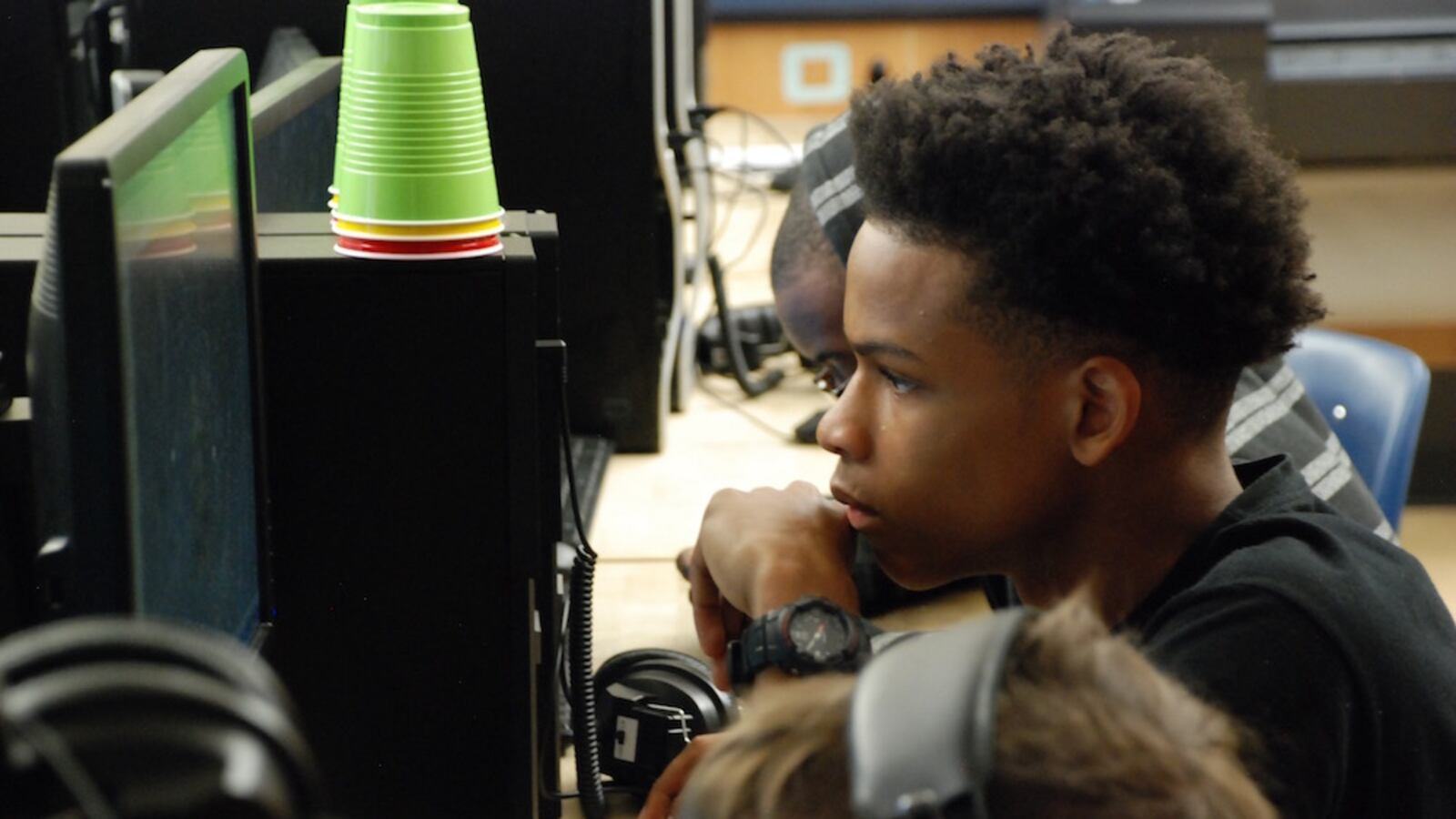At one Brooklyn school, a teacher cut off her students’ play after the first act — allowing white students to perform but ending the presentation before a multi-racial group had the same chance.
At another school, teachers skeptical of a hard-working Bangladeshi student docked her final presentation grade because they wrongly suspected her of cheating, according to a fellow school official.
During an after-school program, one educator noticed her peer repeatedly suspending young women of color from the group.
One by one, roughly 40 teachers, staff and administrators at a Department of Education professional development session held at Brooklyn Law School reflected on their classroom experiences and tried to answer a difficult question: How do well-meaning teachers sometimes inadvertently treat students differently based on race?
The day-long training was part of the city’s Expanded Success Initiative, a program aimed at increasing academic outcomes for black and Hispanic young men. In the past, the program’s teacher training sessions have focused on curriculum development, but as discussions of race hit the national spotlight, Paul Forbes, the program’s director, felt they also needed to tackle the subconscious biases of those who work in city schools.
He referenced discipline data released by the city last week showing that of the 436 arrests in the first quarter of 2016, just nine students arrested were white.
“A lot of people say I’m well-intentioned, I’m not a racist,” Forbes said. “Well, what’s going on then?”
Tuesday’s frank discussion was in line with the city’s effort to delve into issues of race after a string of tragedies involving black men and police. School Chancellor Carmen Fariña sent out a letter calling it a “moral obligation” for teachers and parents to have conversations about race and violence and held a session on Friday to discuss the recent events with educators.
These conversations are important not only to air grievances, but also because the causes and cures of racial bias are not always clear-cut, organizers of Tuesday’s training said.
For instance, flyers that advertise how few students of color take Advanced Placement classes, or the lack of girls in computer science programs, do not actually encourage more of those students to participate, said Rachel Godsil, who ran the workshop along with Zipporiah Mills, the retiring principal of P.S. 261 in Brooklyn.
Godsil is director of research at the Perception Institute, which tries to shift the way black men and boys are perceived. While the flyers might seem like a good idea, they can indirectly reinforce stereotypes. (A group of representatives from the city’s Computer Science for All initiative, who came to think about how to encourage low-income students to pursue computer science, nodded their heads in agreement.)
Godsil also said that having a constructive conversation about race is nearly impossible once the word “racist” is invoked. She encouraged the participants to use less charged language instead.
“Calling people, or using the word “racist” sometimes feels like it might be an accurate description of a behavior, but at the same time, if everyone shuts down when the word is used, the question is, are we moving people’s behavior in any way?” Godsil said.
And though teachers may have implicit biases against students of color, Godsil said, they are also susceptible to overcompensating due to “racial anxiety,” a fear of being seen as racist. For instance, white middle school teachers may be quick to praise essays from students of color — but it’s not always genuine and students can find it condescending, she said.
Some of the solutions involve asking the participants to make a conscious effort to change their body language or picture what it would be like to be a suspended student. But part of the session’s goal was simply to get school and central staff talking about race — and to give them a common language they could bring back to their schools.
“I think that these workshops have to be about us changing the system,” Mills said. “You can’t solve anything if you can’t talk about it, and we are so afraid to talk about race.”


